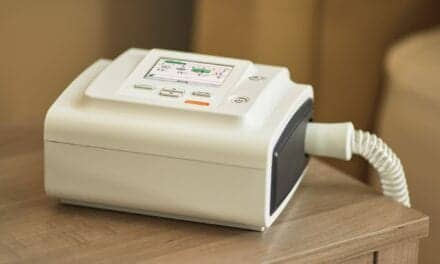New research shows that a classification and regression tree for patients with COPD exacerbation identified the patient’s mortality risk when admitted to the emergency department.
“A [classification and regression tree (CART)] model based on measures commonly collected in the ED evaluation of patients experiencing an [exacerbation of chronic obstructive pulmonary disease] created a simple decision tree that identifies patients’ risk of short-term (30/60-day) mortality,” Cristóbal Esteban, MD, of the Servicio de Neumologia at the Hospital Galdakao-Usansolo, Barrio Labeaga in Galdakao, Bizkaia, Spain, and colleagues wrote. “Use of this decision tree could provide valuable information about the appropriate clinical care for these patients.”
Between June 2008 and September 2010, researchers prospectively evaluated 2,487 patients with COPD from 16 hospitals in Spain and randomly divided them into validation and derivation samples, according to the abstract. To build the CART, the researchers identified cardiac disease, baseline dyspnea, age, Glasgow Coma Scale score and paradoxical breathing or use of accessory inspiratory muscles as factors contributing to mortality.
Overall, the 30-day mortality rate ranged from 0% to 55% within these CART classes. Within the classes, the branch with no cardiac disease and low baseline dyspnea had the lowest mortality rate, whereas the highest mortality rate was in the branch with a Glasgow Coma Scale score of less than 15, use of accessory inspiratory muscles or paradoxical breathing upon being admitted to the ED and the highest baseline dyspnea level, according to the abstract.










